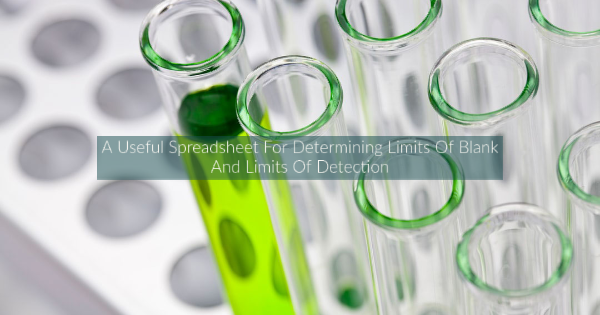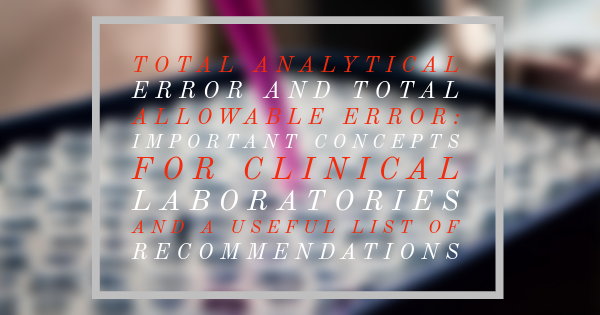by Rae | Mar 14, 2023 | Blog, News | In Vitro Diagnostics Testing Kits
Intralipid® Is Not Adequate for Interference Testing Lipemia is best defined as turbidity in a sample caused by elevated triglycerides, mostly as chylomicrons, because they are large and more triglyceride-rich. Interference is due to a decrease in absorbance due to...
by Rae | Jan 16, 2023 | Blog, News | In Vitro Diagnostics Testing Kits
Check out this white paper from Sun Diagnostics to learn why most lipoprotein(a) assays [Lp(a)] cannot accurately measure Lp(a) particle number without bias from apo(a) size isoforms, and how the Sun Diagnostics Lp(a) Particle Number ELISA overcomes this bias....

by Rae | Mar 20, 2020 | Blog
You probably have not put as much thought into the clinical importance of independent, 3rd party quality control as Dr. Sonntag which is why we would like to share this article with you. As pointed out by Dr. Sonntag, ISO15189 states that, “The use of an independent...

by Rae | Feb 27, 2020 | Blog
CLSI teaches us that it is important to know the difference between a “true” quantity of a substance and an individual measurement result. In other words, we need to know both the limit of the blank (LoB) and the limit of detection (LoD) [CLSI. Protocols for...

by Rae | Feb 3, 2020 | Blog
Reports of biotin interference with laboratory tests are alarming. Biotin binds to streptavidin with high affinity, making the biotin-streptavidin system useful for immunoassays; however, elevated concentrations of biotin can interfere. In competitive assays,...

by Rae | Dec 6, 2019 | Blog
You have likely read method performance information with an arbitrary acceptance criterion e.g. plus or minus 10%. This is unfortunate because different measurands differ in the magnitude of error that impacts clinical decision making. Troponin, for example, needs to...





Recent Comments